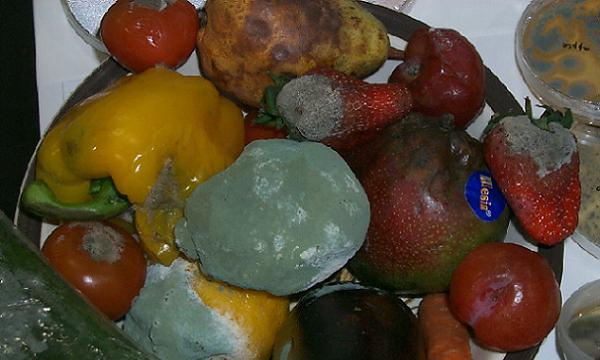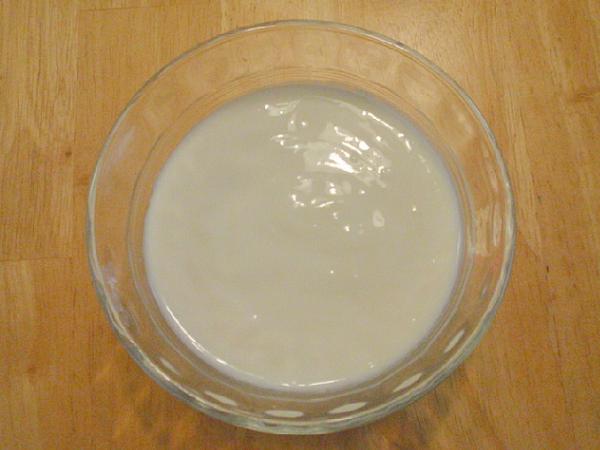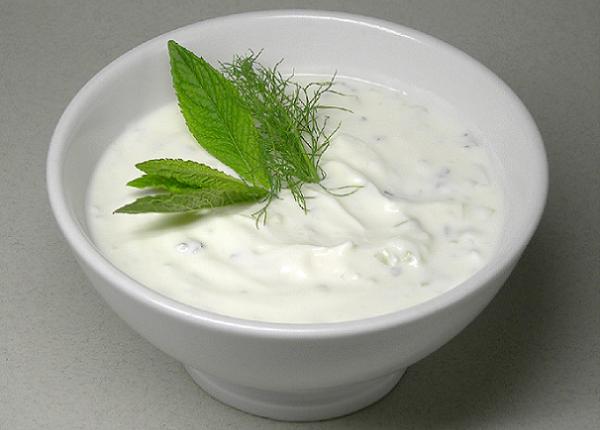
It is a common knowledge that storing food for too long causes it to rot. But storing food in the wrong manner can make it rot faster than it normally would. There are some foods which are more prone to rotting than others. And then there are some foods which are hard to tell whether they’re rotten or not. Processed and packed food for instance, it’s hard to know its freshness status because a whole lot of of preservatives and chemicals have been added to make such food items appear fresh. The most obvious signs are definitely rancid smell and discoloration. But sometimes those two signs are not prominent enough – even though it is always advised against eating anything you’re doubtful about. Consider applying the tips in this article to figure out and understand when food’s rotten or not –
1. Fish

Fish develops a very strong and pungent odor when it goes bad. The odor increases when it is cooked and becomes so strong you will not feel like consuming it. If the fish have a naturally pungent smell, look for discoloration. If it turns brown, yellowish or gray – throw it away. It is not advisable to store fish for more than 3 days and should preferably be consumed within 2-3 days.To hold the freshness of fish try salting raw fish and storing it in the deep freezer.
2. Eggs

Rotten eggs are hard to identify without breaking. So try this simple test to tell whether they’re rotten or not. Put an unbroken egg in a bowl of water and observe. Most rotten eggs will float up or stand on the ends while fresh eggs never float up and lay on their sides. If you are going to break the egg anyway, look for consistency in the yolk. Because that is where the rotting begins.
3. Steak

Spoiled steak contains germs such as E.Coli bacteria and Salmonella, which will most definitely land you up in the hospital if consumed.
There are three ways to tell if a steak has been spoiled or not. Number one, look at the texture. If there is even a slight grayness on the meat, it’s not fit for consumption. Number two, if it smells rancid it is definitely rotten. And number three, use your sense of touch. Touch the meat, if it feels slimy and slippery, it’s poison.
4. Pork

Even though pork is the highest selling meat in the world, caution should always be used when it comes to consuming pork. Because if pork goes bad and gets in your stomach, you’ll suffer for sure. Use the same technique, of sight, smell and touch. The texture should be pink or dark red, it should smell like blood not mold and it shouldn’t feel slimy and slippery when touched.
5. Lunch meat

Lunch meats are quite prone to rotting. Processed and packaged lunch meats generally stay fresh for up to two weeks if not opened. So check the packing date – don’t buying anything older than 7-10 days. And to find out if it is already spoiled or not, apply the same sight, smell and touch test.
6. Chicken

You don’t need anyone telling you how appreciated and popular chicken is across the world. But chicken should not be stored for more than two days. Check the date of packaging in case you’re buying frozen chicken. Do not buy if it is older than 4 months. Spoiled chicken tastes and smells sour and has the same properties as other spoiled meats.
7. Potatoes

Store potatoes in a cool place, away from direct light to retain freshness. Here’s the funny thing with potatoes, if one potato is rotten it’ll rot all the other potatoes in the basket. However, it’s easy to tell when a potato is rotten. You can see rot spots on it. It grows soft and muddy, smells musty and oozes out. Sometimes they’re a little rotten from the inside, to find out squeeze them with your hands. If it’s rotten it’ll feel soft and ooze out.
8. Lettuce

Lettuce is a very useful and tasty vegetable. Lettuce can be used in sandwiches, salads and many more. Lettuce can be stored for 6-7 days in the fridge. Fresh lettuce should be green or reddish in texture. If it’s a little brown and swollen – it is unfit for consumption. If lettuce is kept in a plastic bag, it’ll leave moisture on the bag when spoiled.
9. Milk

One easy way of telling is by boiling. If milk is spoiled, it’ll break into curd. Otherwise check the carton of the milk and look for ‘use by’ or ‘best before’ date. Another way to tell is by smelling it. Fresh milk has no smell at all, or maybe a creamy pleasant smell. Rotten milk will smell and taste sour. Also look at the color, if it turns yellowish it’s rancid. Another sign of spoiled milk is little air bubbles or pops on the surface of the milk.
10. Yogurt

Yogurt can be stored longer than milk and it’s hard to tell when it’s spoiled. Smell the yogurt and if it smells yeasty, it’s ruined. In case of yogurt you can also give it the taste test. Take a little yogurt in a spoon and taste it if you are in doubt. If it tastes overtly sour and smells yeasty, it’s better to dispose it.



